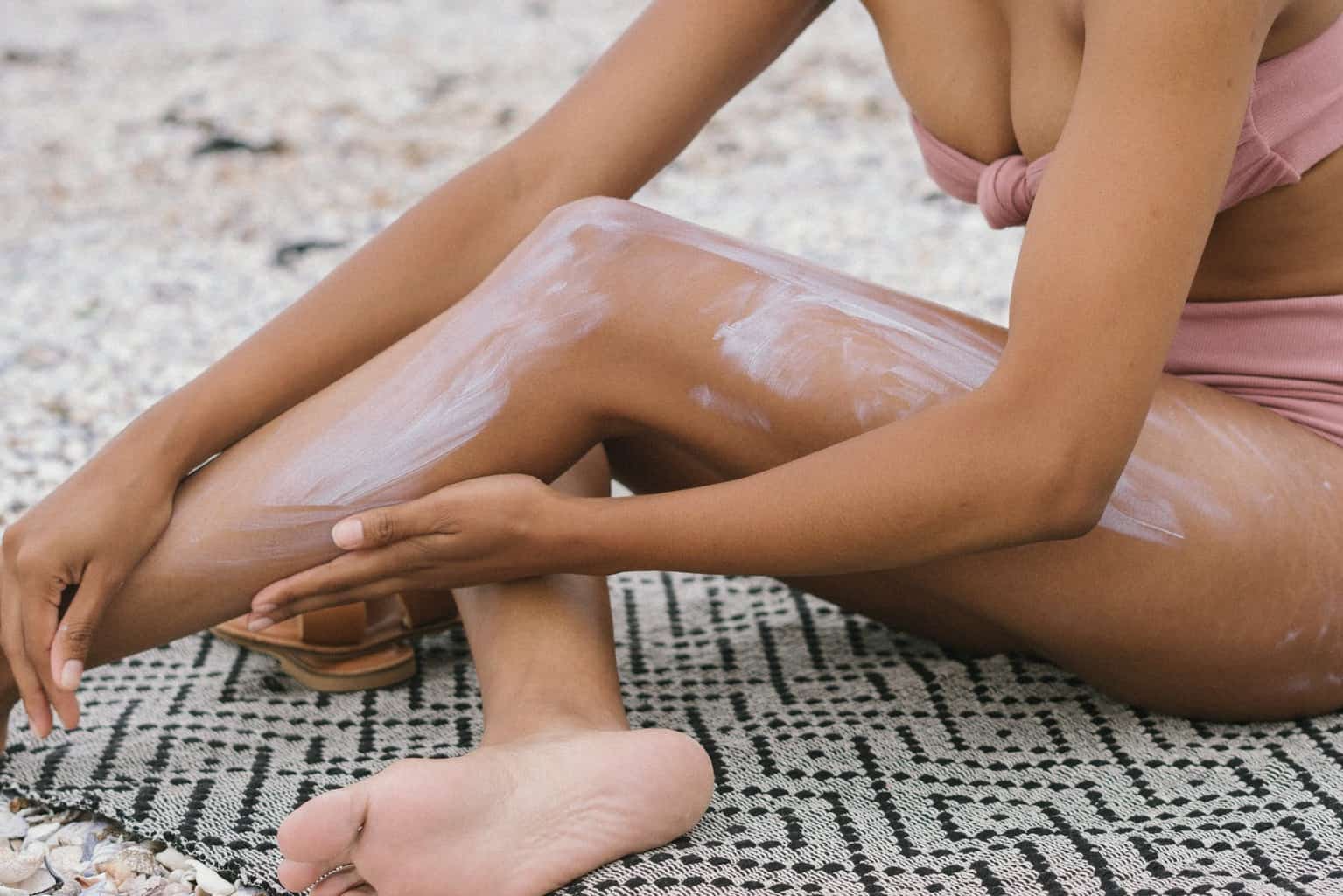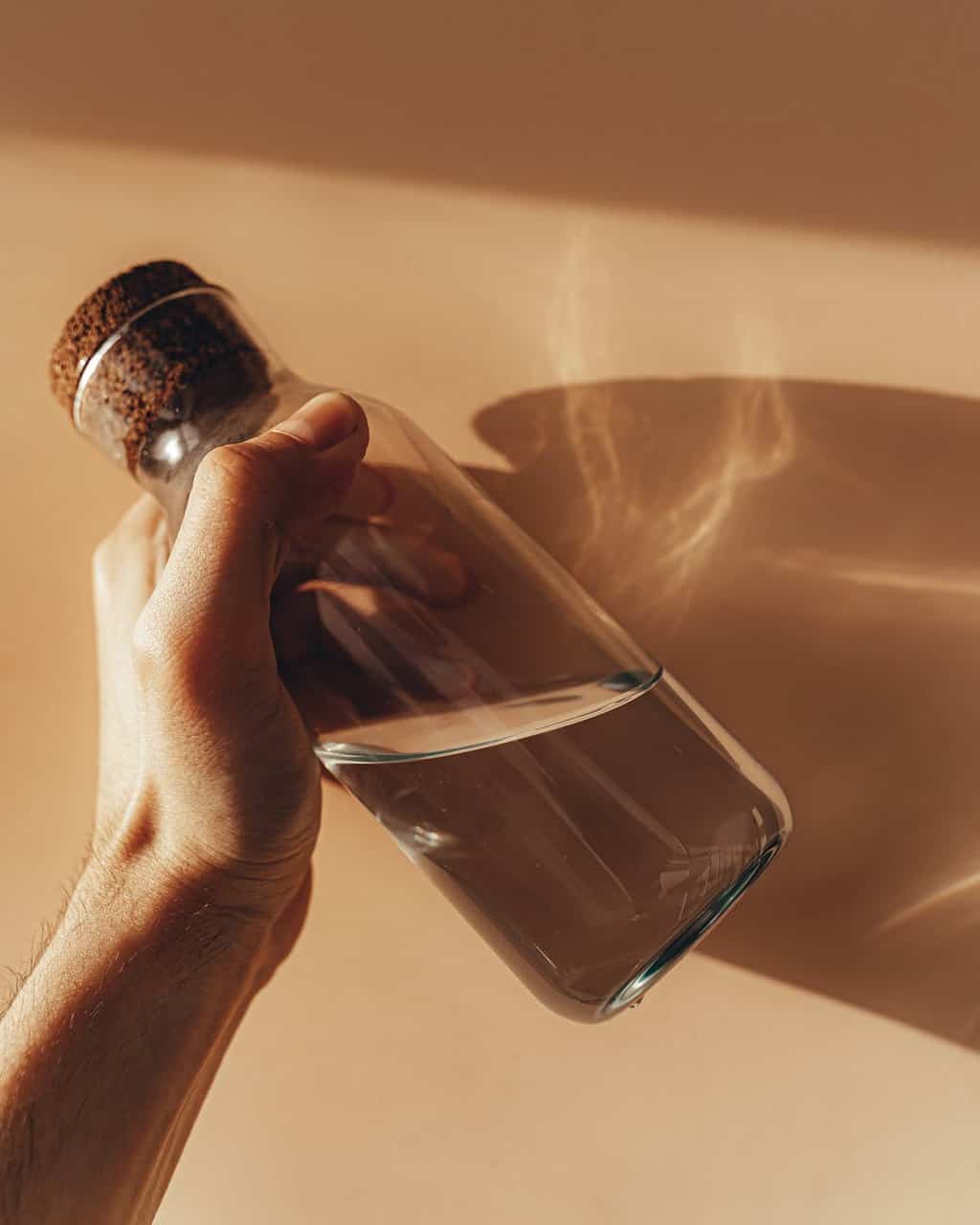With excitable faces and an eagerness to run and play, children are usually delighted when good weather brings about the opportunity to have fun outdoors! Parents are relieved to have nature take over the role of finding something for them to do. But it is important we first teach children about the dangers of the sun so they can protect themselves from the damaging UV rays.
Staying safe in the sun

Children must become responsible for their own safety, especially if they are older, but they cannot do this without clear instructions. These may include reminding them to put on sun cream at regular intervals throughout the day and sitting in the shade during the hottest parts of the day, between 11 am and 3 pm, as this is when the UV rays are at their strongest. Everyone should also be given a hat which they should get into the habit of wearing when playing outside on sunny days.
Be a good role model
For children to successfully understand how to be safe in the sun, it is very important to remember that they model the behaviour of adults. Therefore, in order for them to behave sensibly when they are in the sun, they must see adults take the same precautions and generally be aware of the problems that being in the sun for too long can have.
Stay in the shade

If children are playing outside during the hottest hours, it is crucial that they have access to shade if they start to become too hot or burn their skin. At school, they may have a canopy or shade sail, so it is important for adults to explain that these are there so they can quietly go and sit there during their playtime. As they offer nearly complete protection from the UV rays the children should be told that sitting under a shade sail can stop their skin from burning and prevent heatstroke. In a park or garden, there may be trees or sun umbrellas for them to sit under.
Outdoor Play
Despite the sun, it is fun for children to play outside and is an essential activity to keep them fit and healthy, whatever the weather! As long as they are taught to take the right precautions they can enjoy exercise such as playing ball games or even using fitness equipment. As young people are increasingly in the habit of staying indoors and using technology, is it crucial to emphasise that being outdoors is not all bad and that there are many benefits, such as getting regular exercise? Just make sure to have the right gear to stay safe such as sun protection neck gaiters because there is nothing worse than getting a sunburn when you’re trying to have fun outside!
Applying Sun Cream

Children also need to understand how to put sun cream on so they can efficiently apply and reapply, preferably every few hours. Adults can show them how to put a generous amount all over the parts of their bodies that are not covered by clothes, e.g. face, legs, arms, backs of hands etc. If sandals are worn, which are ideal sturdy summer shoes to play outside in, show them how to apply cream between the straps.
They should use SPF 50 ideally as their skin is much more susceptible to burning than adult skin is. All good chemists will have a wide variety of options, including waterproof and sensitive hypoallergenic sun creams. It is simple to find the sun cream that best suits the child’s skin as the choices are endless!
Practical Sun Lessons
Children love to learn everything in a visual and active way, and this is the same with learning about the dangers of being in the sun for too long. For them to really understand, show them something that they can remember. One example is to put a piece of paper outside in the sun and cover it with a few toys. Let them watch it throughout the day and look at how the sun bleaches it. You can explain that this is what happens to their skin, but that the sun cream will protect it.
Heat Exhaustion

Another danger of being outside in hot weather is the threat of heat exhaustion. Children need to be taught the signs that they are overheating, such as feeling sick or having a bad headache after being out in the sun. They also need to know what to do if they feel this way, such as telling a trustworthy adult and drinking more water.
With all these useful tips your children should stay perfectly safe in the sun while still having lots of fun. Don’t forget to share tips and advice with other parents too to spread the word about teaching sun safety so everyone can have a happy and safe summer.

